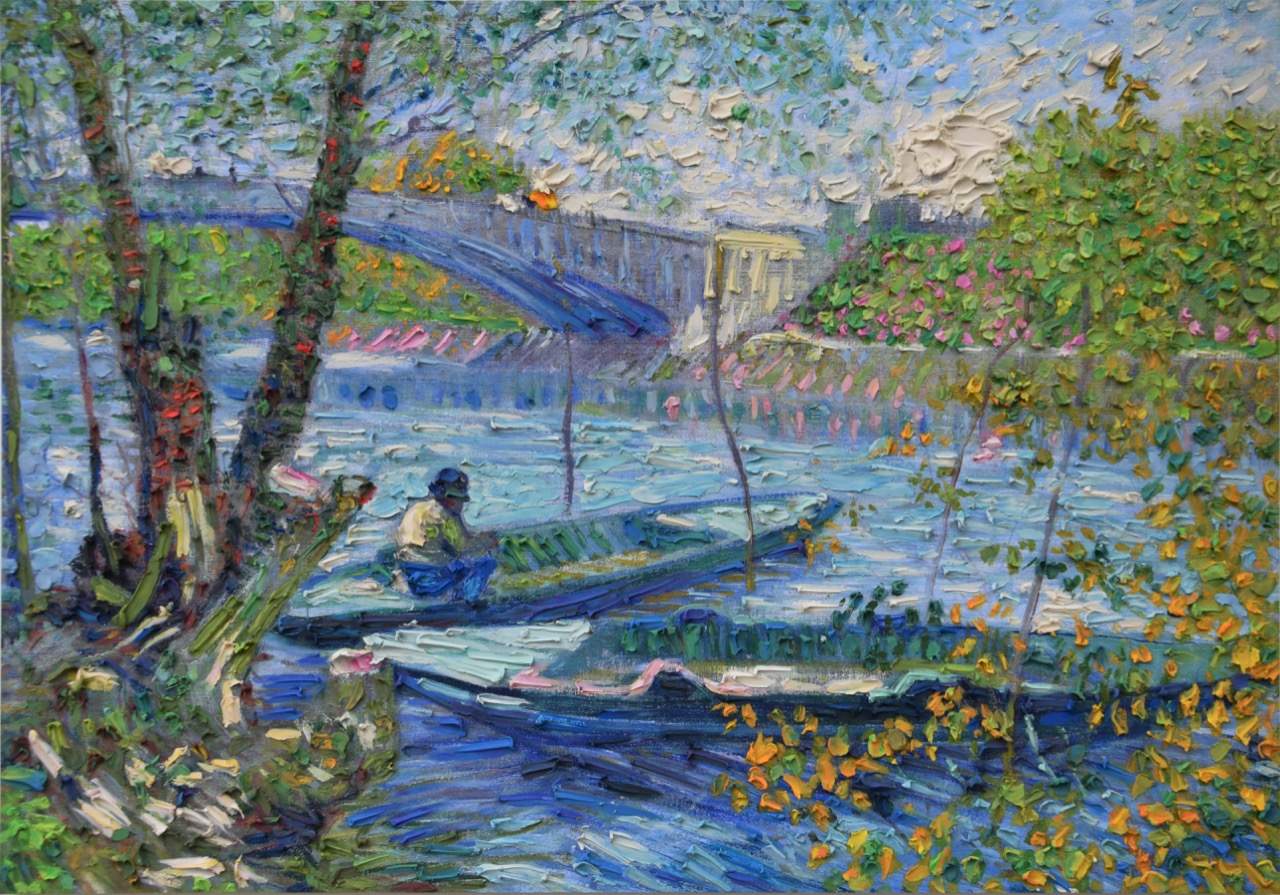From September 18, 2022 to January 31, 2023, three different venues in San Marino ( the National Gallery, the Cisterne di Palazzo Pubblico and the Ex Galleria Ferroviaria Il Montale) will host the exhibition Altana, a solo show by Stefano Arienti (Asola, 1961) curated by Fabio Cavallucci. The exhibition, promoted by Claudio Poleschi Arte Contemporanea (which moved its headquarters from Lucca to San Marino a few years ago), finds the hospitality and collaboration of the Secretariat of State for Education and Culture, the Cultural Institutes - State Museums - National Gallery of San Marino. There are three distinct site-specific interventions that Arienti performs in the Republic of the Titan, made in important public institutional museum venues for contemporary art.
Stefano Arienti is one of Italy’s leading contemporary artists and has characterized the Italian art scene of the 1990s. Arienti is already part of the path and artistic history of San Marino since it was at the Galleria Nazionale in 1995 that he exhibited in the exhibition Le Mille e una Volta curated by Giacinto Di Pietrantonio and Laura Cherubini.
At the National Gallery, which in its rooms presents works from the permanent collection (from Vedova, Cagli, Birolli and Guttuso to Enzo Mari and Luigi Ontani) Stefano Arienti intervenes on the large windows with a series of drawings arranged like curtains, visible against the light. Entitled Views, they are views of landscapes observed from the Titan. The bird’s-eye view is reminiscent of the landscapes that not far from here, against the backdrop of Piero’s portraits of the Dukes of Urbino, opened up to a new, modern, European culture, whose concept of perspective would soon unify the various local medieval views.
In the ancient Cisterns of the Palazzo Pubblico, which until the 1960s were the Republic’s main source of water supply and recently hosted School of waters - Young Artists Biennial MEDITERRANEA19, Arienti plays on the shimmering effects of glass by constructing a silhouette of Europe through the juxtaposition of containers of different shapes and reflections. Gocce, seen from above, glimmering in the darkness of the underground caverns, in the deep heart of the small state, seems to suggest the yearning of many different individualities aspiring to recognize themselves as one community.
Arienti also intervenes in the Former Railway Tunnel “Il Montale,” famous for having housed, during World War II, thousands of refugees from the area to save themselves from bombing under the umbrella of neutrality of the Titan government. In the first tunnel that was reopened to host one of the first events dedicated to site-specific public art in 1991 - Provoc’Arte curated by Roberto Daolio - Arienti presents Castello, a structure of stones and books, made cohesive by honey and lard. In the heart of the earth, in a ravine from which a corridor opens to allow a glimpse outward, onto the landscape, the structure is a kind of homage to Joseph Beuys and brings together the fundamental elements of which the world is made up: thought and matter, res cogitans and res extensa, as if to represent the base, the beating heart of existence.
Finally, at the Claudio Poleschi Arte Contemporanea venue, Arienti displays examples of much of his artistic career. There are different types of works, from the most recent, such as images printed on microciniglia or landscapes reproduced on paper then crumpled to give it a material three-dimensionality, from images perforated and shown only from the back to those, of very recent invention, with clots of drops that filter photographic views, up to older ones, such as the historical posters of famous paintings retouched with plasticine that have become a sort of stylistic cipher of the artist. Arienti does not limit his presence in the exhibition halls, but expands it into the offices and warehouses, invading with his works the spaces where the works from the gallery’s collection, from Licini to Schnabel, from Uncini to Paladino, continue to be placed, with which he enters into dialogue.
The project thus brings together a series of interventions in which the artist revisits techniques and methods developed over the course of his career and revives his interest in intervening in public spaces, renewing the Italian tradition that has always seen art originate in churches and palaces rather than in museums. Arienti likes to think of San Marino as the “altana of Europe” (hence the title of the exhibition), from whose height, the view of the changing world widens, placing the events of the news in the broad dimension of human history.
Stefano Arienti’sAltana is not an isolated project, but the first event in a series of initiatives entitled SM-Art. Artistic Sensitivities from the 1990s, promoted by Claudio Poleschi Arte Contemporanea, which over time will aim to exhibit some of the most significant artists of that generation and to establish a dialogue with the territory and its institutions. SM-Art. Artistic sensibilities since the 1990s has a scientific committee composed of Fabio Cavallucci, Giacinto Di Pietrantonio and Angela Vettese.
Image: Stefano Arienti, Fishing in Spring (from Van Gogh) (2020; pongo on poster mounted on panel, 100 x 70 cm)
 |
| In San Marino, three new interventions by Stefano Arienti in as many public spaces |
Warning: the translation into English of the original Italian article was created using automatic tools. We undertake to review all articles, but we do not guarantee the total absence of inaccuracies in the translation due to the program. You can find the original by clicking on the ITA button. If you find any mistake,please contact us.